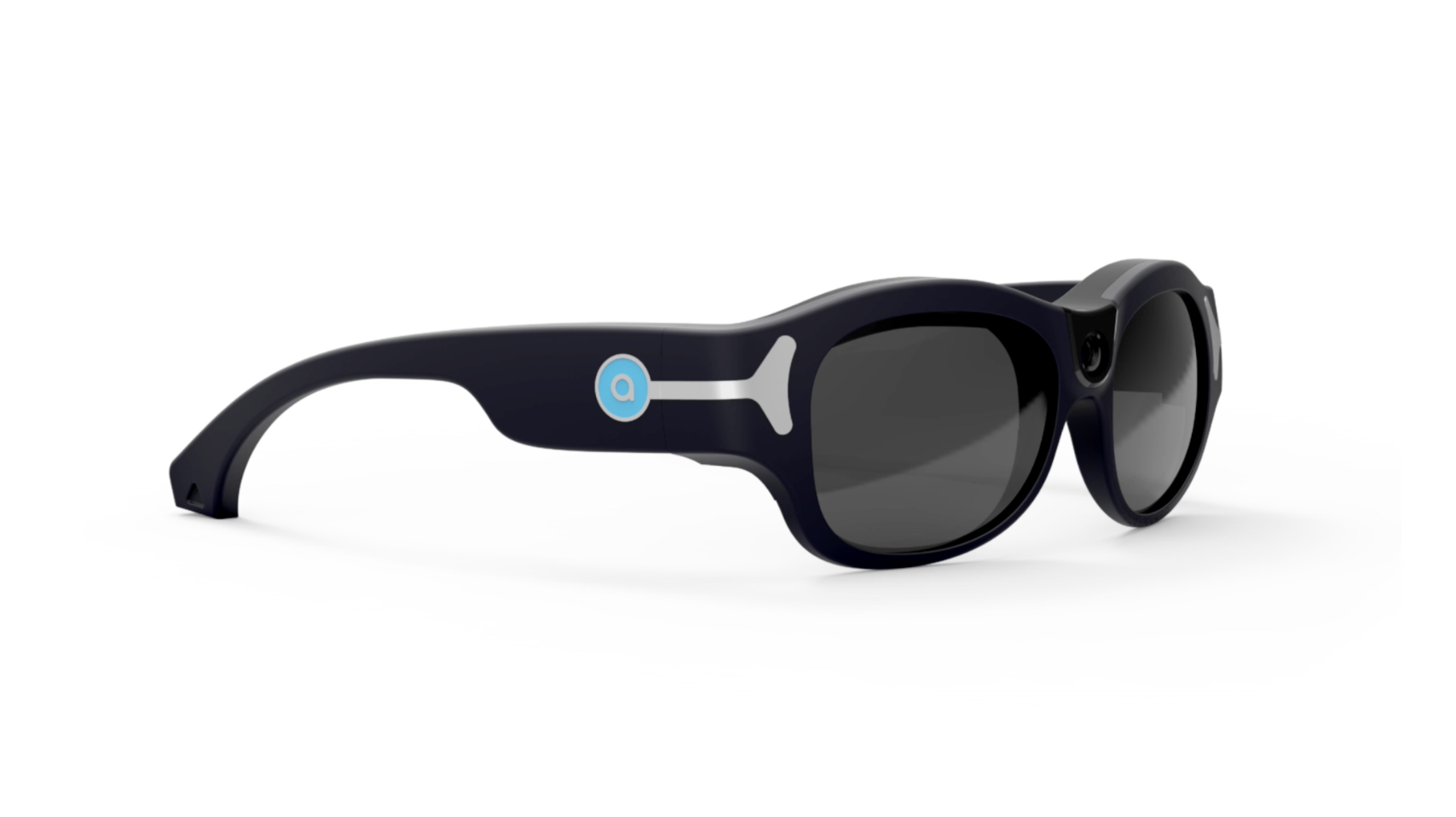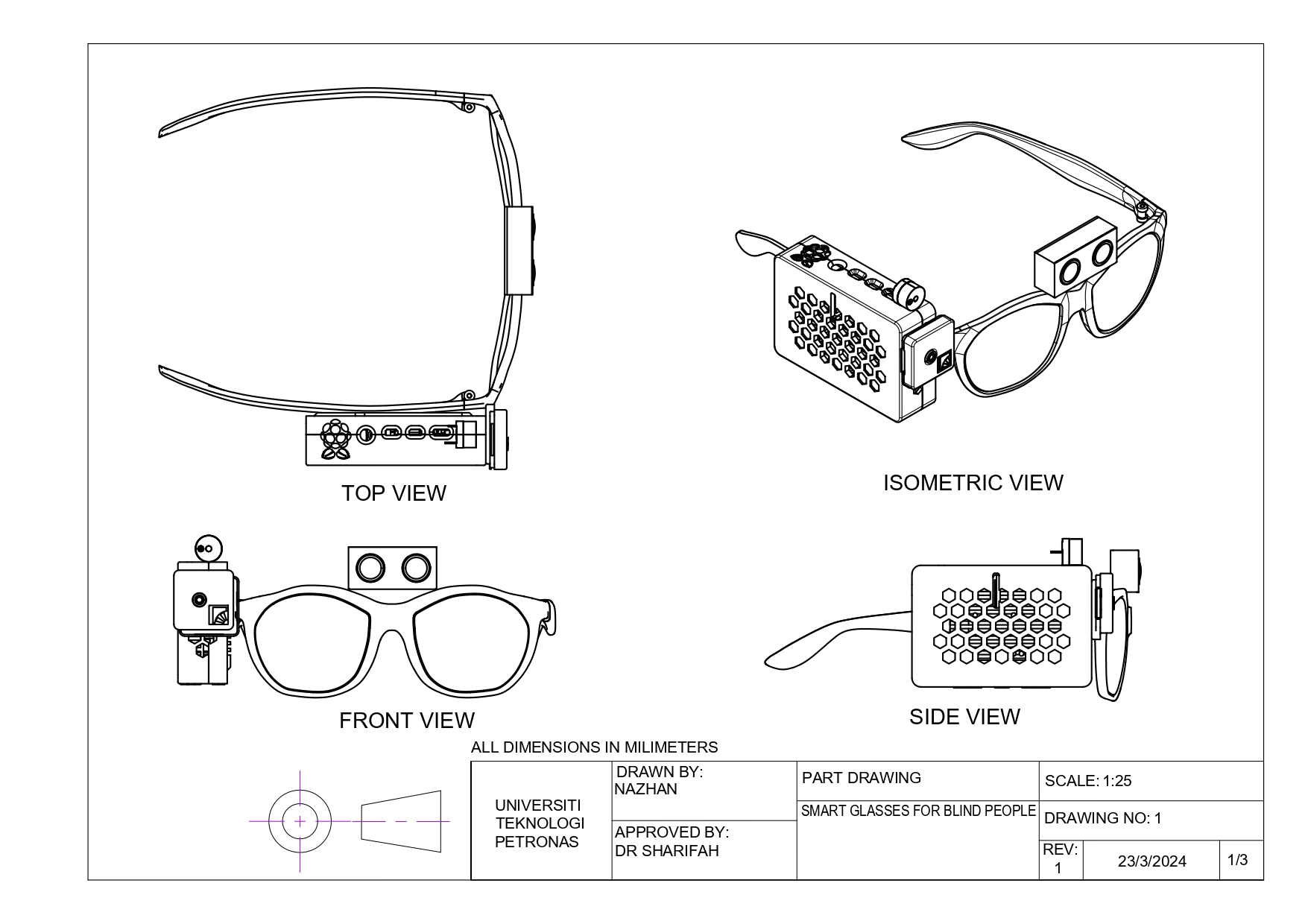The Future of Assistive Technology for the Blind: Empowering Independence
The Future of Assistive Technology for the Blind: Empowering Independence
Blog Article
Ingenious Solutions in Assistive Technology for Visual Problems
The landscape of assistive innovation for aesthetic disability is evolving quickly, presenting a variety of cutting-edge remedies that improve accessibility and self-reliance. From innovative mobile phone applications that promote navigation to wearable gadgets created for real-time guidance, these tools are improving the experiences of those with visual problems.
Developments in Smart Device Applications
In recent times, advancements in smart device applications have dramatically changed the landscape of assistive modern technology for individuals with visual problems. These applications leverage the powerful sensing units and capabilities of modern-day smartphones to offer customers with devices that enhance independence and availability in their daily lives.
Significant amongst these technologies are applications designed for item recognition, which use the mobile phone's video camera to determine things and give verbal descriptions. Such features empower users to navigate their settings more efficiently, whether determining products in shops or locating individual belongings at home. Furthermore, text-to-speech applications have actually boosted dramatically, enabling users to record published message with their gadget's cam and get immediate sound responses, therefore promoting analysis and comprehension.
Community-driven applications have cultivated social interaction and source sharing among people with visual disabilities, creating an encouraging network that improves their top quality of life. In general, smart device applications have ended up being essential allies in advertising freedom and accessibility for people with aesthetic impairments.
Wearable Tools for Navigating
Wearable devices for navigation have actually become a groundbreaking option for people with aesthetic disabilities, offering hands-free support that boosts mobility and positioning. These tools generally make use of innovative technologies, including GPS, ultrasonic sensors, and expert system, to offer real-time comments and direction to customers as they browse their setting.
One notable instance of wearable navigation technology is smart glasses, which can detect barriers and relay auditory or haptic comments to the user, enabling effective and risk-free movement in different settings. Other gadgets, such as vests and belts outfitted with sensors, can similarly inform users of their environments by offering notifies regarding neighboring items or changes in surface.
In addition, lots of wearable tools incorporate with mobile phone applications, making it possible for customers to customize their navigation choices and obtain customized path recommendations. This personalization can substantially improve the individual experience, empowering people to take a trip with better self-confidence and independence.
As innovation proceeds to establish, the capacity for wearable navigating tools to enhance the lifestyle for people with visual disabilities remains considerable, leading the means for more easily accessible and inclusive environments.
Smart Home Innovation Combination

Additionally, wise appliances outfitted with responsive user interfaces or acoustic responses provide user-friendly interactions that cater particularly to the requirements of those with visual disabilities. For example, wise fridges can reveal their components and expiry days, while wise stoves can assist individuals with the cooking process with audio instructions.
Home automation systems, such as smart buzzers and security cameras, offer tranquility of mind by permitting individuals have a peek here to receive alerts and accessibility live feeds using their mobile phones, improving personal security (AI-powered visual aids). In addition, combination with tablet computers and smart devices makes sure that customers can handle their home environment from anywhere within their properties
As wise home technology proceeds to progress, it holds the possible to change the living experiences of individuals with aesthetic disabilities, fostering freedom and enhancing lifestyle in an increasingly linked world.

Educational Equipment and Resources
Accessibility to effective academic devices and sources is essential for individuals with visual disabilities, as it encourages them to involve fully in their knowing experiences. Numerous assistive technologies have been established to improve accessibility and foster independent knowing.
Additionally, instructional software application particularly designed for aesthetically damaged customers supplies features such as high-contrast modes and adjustable message sizes. These devices suit diverse understanding designs and ensure that students can tailor their educational experience to their needs.
Additionally, access to digital libraries and audio publications expands the variety of offered discovering products, making it possible for students to discover topics in deepness without the restrictions enforced by typical print resources. Collective platforms that incorporate ease of access features additionally assist in team projects, making sure that aesthetically impaired trainees can contribute meaningfully along with their peers.
Area Assistance and Interaction
A robust network of area assistance and interaction is vital for people with aesthetic problems, fostering an inclusive environment where they can flourish. Community companies, regional advocacy teams, and volunteers play an essential role in giving sources, information, and companionship, which are vital for improving the lifestyle for those affected by visual impairments.
Engagement tasks such as workshops, social events, and support system not just assist in ability development yet additionally advertise discover this info here social interaction, lowering feelings of isolation. These initiatives encourage individuals to share difficulties, successes, and experiences, therefore reinforcing area bonds. In addition, collaborations with neighborhood organizations can bring about better access in public rooms, additionally incorporating individuals with visual impairments right into the area.
Innovation likewise improves community engagement via on-line systems that provide virtual support groups and sources, allowing people to link no matter geographical barriers. By harnessing both electronic and in-person services, communities can create a thorough assistance network. Eventually, cultivating collaboration among various stakeholders-- consisting of family members, educators, and healthcare specialists-- makes sure that individuals with visual impairments obtain the alternative assistance needed to navigate day-to-day live successfully and with dignity.
Verdict
Innovative services in assistive modern technology for aesthetic problems substantially improve the high quality of life for individuals dealing with these obstacles. The assimilation of smart device applications, wearable devices, smart home innovation, and academic devices cultivates greater independence and access.
The landscape of assistive modern technology for visual disability is evolving swiftly, offering an array of cutting-edge remedies that boost access and self-reliance. Community-driven applications have actually fostered social communication and resource sharing among individuals with aesthetic impairments, producing a helpful network that improves their quality of life. In general, smartphone applications have actually ended up being indispensable allies in advertising freedom and availability for individuals with visual impairments.
Several people with aesthetic disabilities are finding better freedom via the combination of clever home technology.Innovative services in assistive innovation for aesthetic disability significantly boost the high quality of life for individuals facing these obstacles.
Report this page